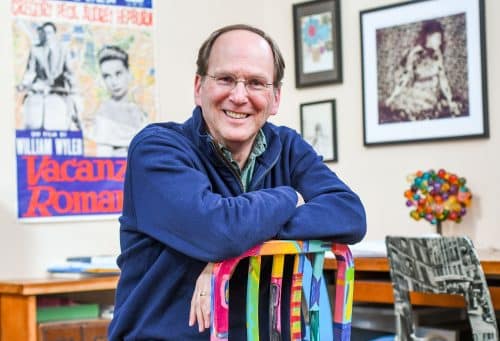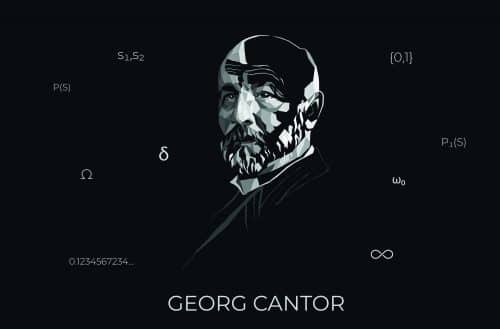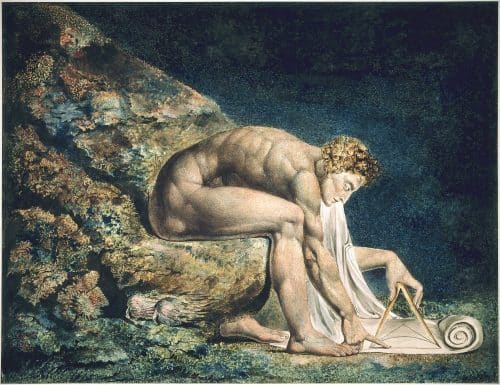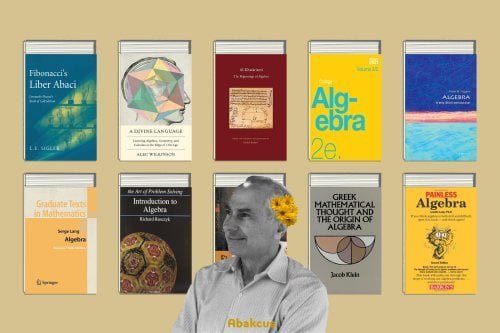Imagine you had to take an art class in which you were taught how to paint a fence or a wall, but you were never shown the paintings of the great masters, and you weren’t even told that such paintings existed. Pretty soon you’d be asking, why study art?
That’s absurd, of course, but it’s surprisingly close to the way we teach children mathematics. In elementary and middle school and even into high school, we hide math’s great masterpieces from students’ view. The arithmetic, algebraic equations and geometric proofs we do teach are important, but they are to mathematics what whitewashing a fence is to Picasso — so reductive it’s almost a lie.
Most of us never get to see the real mathematics because our current math curriculum is more than 1,000 years old. For example, the formula for solutions of quadratic equations was in al-Khwarizmi’s book published in 830, and Euclid laid the foundations of Euclidean geometry around 300 BC. If the same time warp were true in physics or biology, we wouldn’t know about the solar system, the atom and DNA. This creates an extraordinary educational gap for our kids, schools and society.
If we are to give students the right tools to navigate an increasingly math-driven world, we must teach them early on that mathematics is not just about numbers and how to solve equations but about concepts and ideas.














